What does today's OCR drop mean for business borrowers?
Date
27 November 2024
Share

In line with local economists' expectations, the Official Cash Rate has been reduced from 4.75% to 4.25% today.
There is no doubt that the OCR will continue to decrease, but 2025 decisions will be about the speed and depth of this. The NZ economy has continued to flatten. Adjusting for inflation and population growth, the economy has been flat or in decline for most of the last two years. Inflation is largely under control. Imported “tradable” inflation is well down. Some domestic inflation numbers have remained a bit “sticky”, but the weak labour market is taking the heat out of wage pressures. Most economists expect the OCR to track towards a “neutral” rate in 2025. Depending on who offers the opinion, this may range from 2.5% to 3.5%, which means OCR cuts still have about 1.0% to 1.50% to run.
Caution is needed for business borrowers though, as this is not all a one-way street. Floating & short-term borrowing rates (up to two-year fixed rates) will largely track the OCR downwards, and this will apply to both residential mortgages and business lending. Borrowers on floating rates are currently paying a premium compared to fixed rates available in recent times. However, they will see rate reductions through 2025.
The impact of the OCR cut on fixed rates longer than three years is minor. Rate reductions had already been well priced in by wholesale markets, and these markets are impacted more by international factors than domestic rate decisions. While longer term wholesale interest rates are significantly lower than there were at their peak in mid to late 2023, they bounced from late September through mid-November. Five-year swap rates increased by 0.55% between the 17th of September and 15th of November. They have since reversed about 0.25% of that increase. Market sentiment in international markets, primarily in the USA, is that the ability of larger central banks to cut as far and as fast as predicted mid-2024 has waned. This is partially due to the US economy growing well, but also on expectations (and uncertainty) about how inflationary Trump's economic policies may prove to be, particularly if tariffs interrupt international trade flows. Business borrowers seeking long-term fixed rates, widely used in the asset finance market, should not expect these rates to fall further in the short term.
The chart below shows five year swap rate changes since November 2023 (source – interest.co.nz and NZFMA)

Similar Posts
27 November 2025
The Bottom of the Cycle? What the OCR Cut Means for 2026
Shifting interest rates are reshaping the way businesses finance equipment, vehicles and growth. Understanding these changes can help you make smarter, better-timed funding decisions.

04 November 2025
Finance for Specialised Mining & Quarry Equipment
Securing finance in the mining and aggregates industry demands a partner who understands operational reality — from high-duty machinery and rebuild cycles to remote site conditions and production-driven cashflow. Finance New Zealand provides specialist asset-backed funding solutions, backed by hands-on industry experience and lender advocacy that turns complex equipment deals into approvals. When your operation moves heavy, we move with you.


Page Links
Contact us
Finance New Zealand Limited L11 BDO Tower, 19-21 Como Street, Takapuna, Auckland 0622 PO Box 65164, Mairangi Bay 0754 T: (09) 222 0320E: info@financenz.co.nzMember of


Proud Sponsors of Auckland Rescue Helicopter Trust
Copyright Finance New Zealand Ltd 2025



